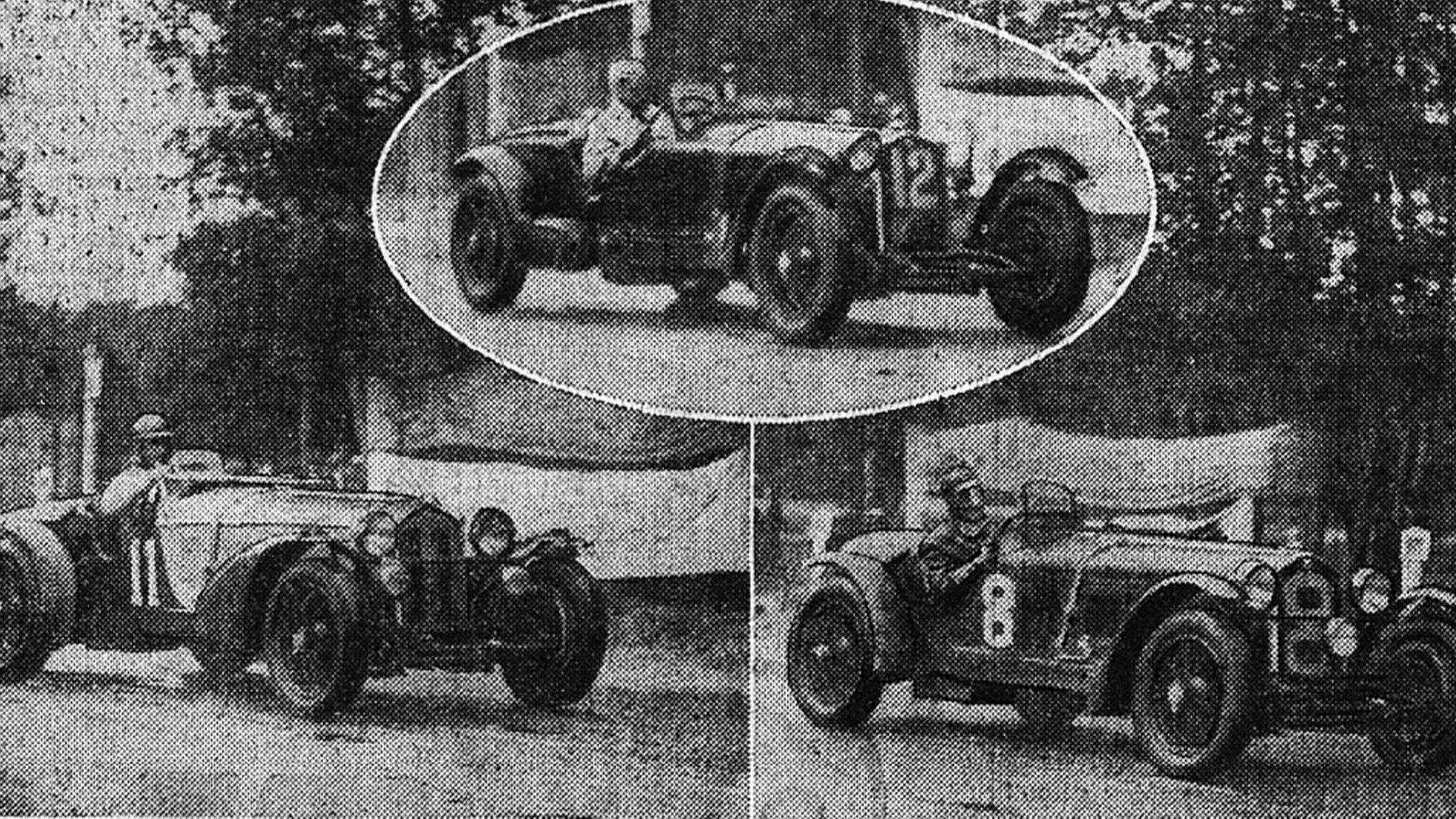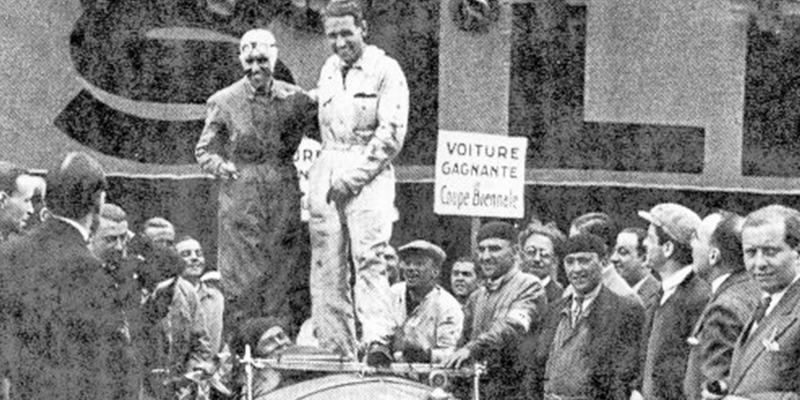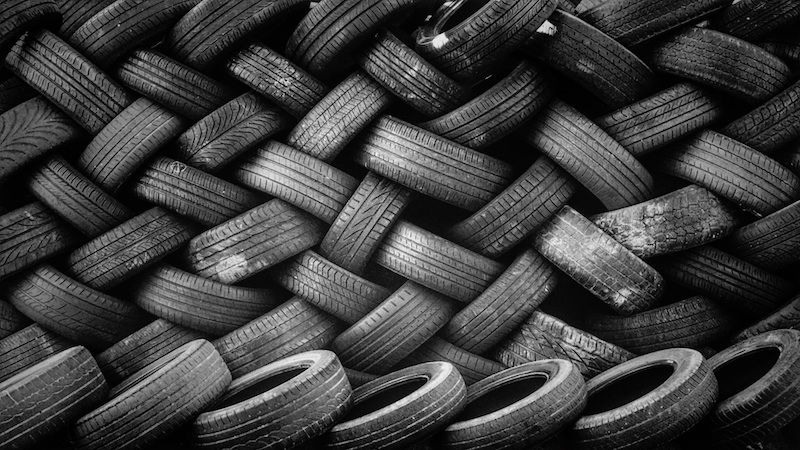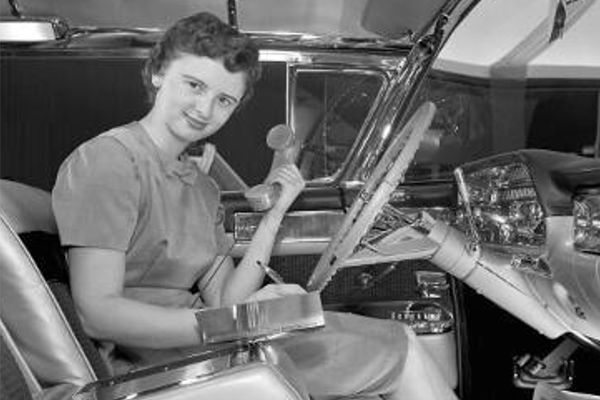The 24 Hours of LeMans is the world’s oldest active endurance race and one of the most prestigious races in the world. OEMs throw millions of dollars into LeMans projects in order to research and develop new ways to keep drivers safe in racing cars and road cars.

Archive via Classic Car Catalogue | AAP
For the last 99 years, every May in a small town in France, the world’s greatest automotive companies and drivers gather in a town named Le Mans to race for a full 24 hours straight. Over the past century, the town has become more racetrack than town and the race has become the pinnacle of automotive technology, helping create performance and safety features that ultimately end up in road cars.
However, despite the changes over the years, this brutal race has retained the spirit it has had since 1921. No matter how far technology comes, Circuit de la Sarthe has no mercy. Drivers and crew fight back with every ounce of energy, no matter what it takes. Over the years, there have been some wild stories about how Le Mans teams fixed their cars to finish the grueling race, but none are more shocking and inspiring than the 1933 24 Hours of Le Mans.
In 1933, a team driving the #11 Alfa Romeo 8C-2300 Mille Miglia 4-seater, comprised of famous drivers Raymond Sommer and Tazio Nuvolari, were expected to be a fierce field of competitors, filled with familiar famous names like Louis Chiron. Yet what happened during the race resulted in one of the wildest stories and closest wins of any race in Le Mans history.
The race started like any other back then, with brutal racing and lots of crashes. But when the sun rose after 12 hours of racing, Nuvolari brought the leading #11 Alfa Romeo into the pits with a broken fender and a leaking fuel tank. They fixed the fender and tried to patch the leak in the fuel tank for fifteen minutes before reluctantly continuing the race.
Despite the time lost in the pits, Nuvolari would not let up and made up most of the time lost. However, the leak worsened and was a fire waiting to happen. The team pulled together what resources they could to fix it, eventually using an ingenious strategy to plug the leak…
…chewing gum.
While strange, it’s something of a Le Mans DIY tradition. Whatever can be done to fix the car is done. For decades, teams have used their skill and ingenuity to keep these cars driving however they can. While they have the usual assortment of hand tools, power tools and top-of-the-line technology, even with a full day of racing, every second counts and whatever works and can be done fastest sometimes becomes the solution.
In 2015, the #8 Audi LMP1 car driven by Loïc Duval was thrown into the barriers after avoiding traffic after just three hours of the 24-hour race. Luckily, the team was able to fix the car in just four minutes thanks to the notorious fix-it-all, duct tape.
Get all the tools you need to keep your own car on the road with DieHard for Father's Day.
Back during the 1933 Le Mans, a British MG team had also fixed their fuel tank with chewing gum, which actually gave the Alfa team the inspiration for the quick fix. The teams plugged their leaks with as much chewing gum as they could and co-driver Raymond Sommer took over for a brief stint behind the wheel of the #11 Alfa.
Unfortunately, as the race progressed, so did the fuel leaks, but the Alfa team would not give in and continued to top off fuel and pack in more chewing gum to stop the growing leak to keep the #11 in reach of the podium. Nuvolari jumped back in with a vengeance and began closing the gap with the leading car, another Alfa Romeo driven by Nuvolari’s rival Luigi Chinetti
What makes this story special is, that with a leaking gas tank, patched with what must have been a ridiculous amount of chewing gum, Nuvolari and the #11 Alfa Romeo not only finished the race but took overall first place by only 9.5 seconds and 400 meters after a back-and-forth with Chinetti.

Archive via Classic Car Catalogue | AAP
Tazio Nuvolari’s win the in the #11 Alfa Romeo remains one of the closest Le Mans finishes in its 99-year history, excluding the later tradition of formation finishes like the famous 1966 Le Mans photo finish in Ford vs Ferrari. Not only is this story an exciting chapter of racing history, it’s also an inspiring story of DIY ingenuity and the passion seen in all automotive enthusiasts across the globe. In the spirit of all 24 Hours of Le Mans drivers and team, we hope you’re inspired to harness your own passion to achieve your own goals, no matter what.







